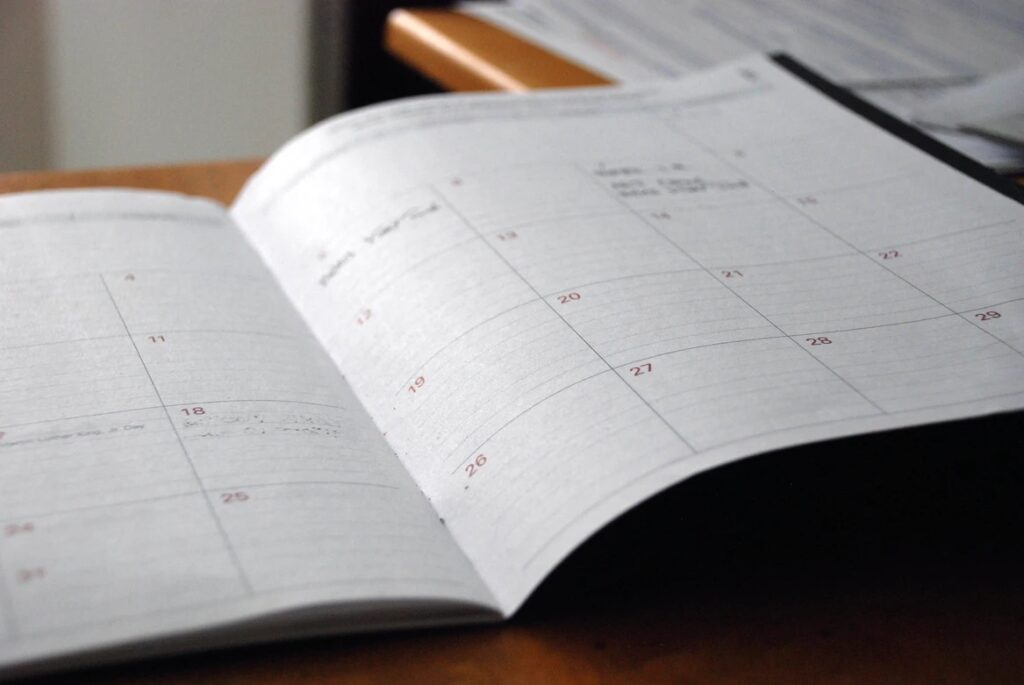
Is your business thinking about how to migrate from Google Workspace to Microsoft 365? While Google’s flexibility and simplicity make it the first choice for many small businesses, Microsoft remains the top dog on things like security, collaboration, and productivity. In this blog, we’ll outline some of the steps you need to consider as you move from Google Workspace to Microsoft 365.
1. Analyze All of Your Tools and Data
While migrating your file storage and email might be an obvious first step, you may be using a lot of products outside of Google Workspace that could also be replaced by Microsoft 365. Microsoft offers a wide array of business productivity tools, including the standard Office products like Word and Excel that you’re likely familiar with, to Planner, To Do, and Project Online for task and project management, to the Power App suite for automation and reporting. We recommend creating an inventory of all the tools you’re currently using and comparing them to available products from Microsoft to determine whether they can be replaced – saving you time and money in the long run.
This is also a good time to inventory your data. While you’re likely storing data in Google Workspace, you’ll need to determine whether your organization has data left on old servers or desktops that will need to be included in the migration to Microsoft 365. Creating an inventory of all locations will help you plan your overall timeline for your migration to Microsoft.
2. Determine Your Migration Plan

Now that you have a list of all the tools and data you will to need to migrate from Google Workspace into Microsoft 365, it’s time to come up with your plan. Your migration plan should include:
- Who will represent each department in the migration process
We recommend including a “Business Champion” from each business department or team to be included in your migration planning. This will help ensure your end users are aware of the migration phases as they occur and will help inform decisions so your new environment works for your whole team. - When each phase of the migration will occur
The schedule doesn’t have to be set in stone, but you should begin building a general timeline for when your domain, files, email, and other applications will move to Microsoft 365. - How you’ll communicate to your end users
While your end users are likely aware a migration is coming, it’s important they are kept up to speed throughout the process so the big move does not come as a surprise. You should develop a regular communication plan that keeps your end users informed as decisions are made and milestones are reached. - How you’ll coach your end users
To increase adoption and improve your end user experience, you need to provide coaching on your new tools. Coaching helps ensure your team uses the new environment effectively, which improves your overall productivity and communication. Whether you will provide the coaching in-house or bring in an outside expert, coaching is an essential part of your migration plan.
3. Migrate Your Domain
Once you have a plan for your migration, you’re ready to migrate from your Google Workspace domain. This happens in two phases – it starts at the beginning of your migration timeline and ends after your email migration is complete.
- Sign up for your Microsoft 365 tenancy and purchase the licenses for your end users. Note that you’ll want to create your users in the tenancy at this time.
- Go to the Microsoft 365 Admin Center, then click Settings, then Domain.
- Click Add domain, then enter your domain name and select Use this domain.
- Click Add a TXT record and copy the value.
- Click Domains, then Manage domains, then View details, Manage Domain, DNS, then finally Custom resource records.
- Under Record type, choose TXT and paste the value.
This step typically only takes a few minutes, but it could take up to 24 hours. Once it has completed, return to the Microsoft 365 Admin Center, click Verify, then click Close.
4. Set Your Primary Domain
Once your domain has been entered into Microsoft 365, you’ll need to set it as the primary domain for your end user email addresses.
- In the Microsoft 365 Admin Center, go to Users, then Active Users.
- Select a user from the list, then click Manage username and email, Edit, Select domain, and select your primary domain.
- Click Done, then Save changes.
You’ll need to repeat this process with each of your end users before you move on to the email migration step.
5. Migrate Your Email
Once your users have been set up with the correct email domain, it’s time to initiate your email migration.
- Go to Exchange Admin, then Migration, then Add migration batch.
- Enter a batch name and set the migration path to Migration to Exchange Online.
- Select Google Workspace under Migration type.
- Click Automate the configuration of your Google Workspace for migration, then click Start.
- Sign in and authenticate your Google account.
- Set your Migration endpoint.
- Under Add user mailboxes, click Import CSV.
- Under Schedule batch migration, verify the details on the page, then click Save.
Now you’re ready to migrate your end users’ emails and calendar content to Microsoft 365!
6. Connect Your Domain
Once your email migration has completed, it’s time for the final step in connecting your domain.
- In your Google Workspace Admin, select Domains, then Manage domains, then View details, Manage domains, and finally DNS.
- Go to your synthetic records, click Google Workspace, then click Delete.
- Delete any existing DNS records.
- Next, go back to Microsoft 365 Admin and click Settings, then Domain.
- Choose your default domain.
- Click Continue setup, then Connect your domain and Continue.
- Open MX Records and under Points to address or value, copy the record value.
- Return to Google Admin, and under Custom resource records, select MX and paste the record in the data field.
- Repeat the process for CNAME and TXT records.
- Return to Microsoft 365 Admin and select Continue.
When these steps are completed, you have officially moved to Microsoft 365! Your users should start receiving mail in their Outlook app.
7. Move Your Files

After your email address migration has finished, we recommend moving your files to SharePoint Online and Microsoft Teams. This can be a lengthy process that involves organizing your files into “active” and “inactive” status, as well as by permission level so they can be moved into the appropriate Teams and SharePoint sites. We outline the process for migrating to SharePoint and Teams in this blog: 6 Steps for Migrating to a Modern Intranet.
9. Move Your Additional Applications
While you’re defining your new processes in Microsoft 365, this is a great time to retire other third-party applications you might be paying for that can be replaced by Microsoft 365 tools. Planner, To Do, Power BI, Forms, and other applications can likely replace a good chunk of what you’re paying for elsewhere!
Get in Touch
There are a ton of moving parts when you are planning to migrate from Google Workspace to Microsoft 365, and it’s of the utmost importance that the migration happens correctly for the benefit of your end users. A move to Microsoft 365 can increase your collaboration, communication, and productivity when it’s done right! Looking for help getting started? Fill out the form below to get in touch with Regroove today.